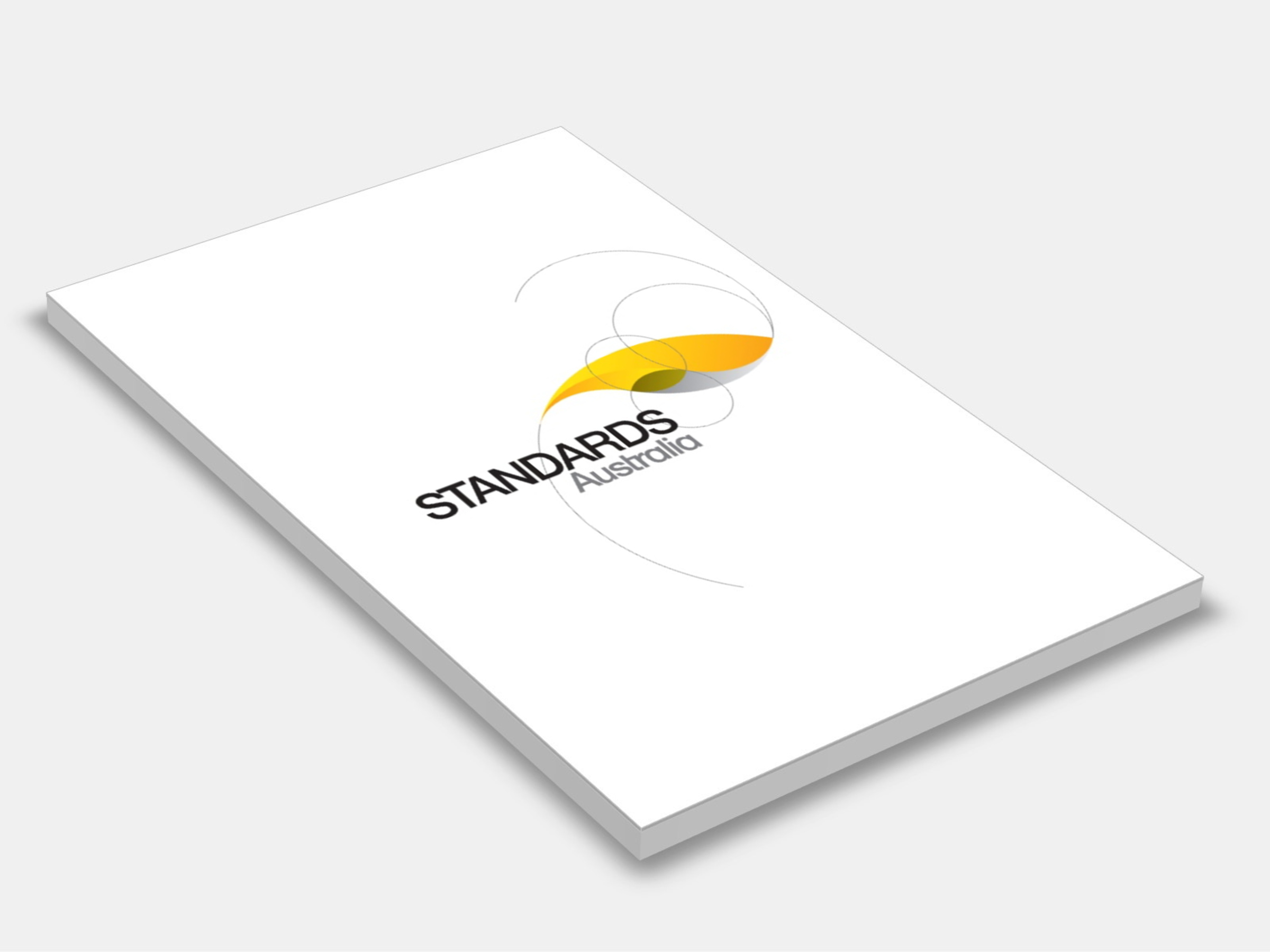
Type
Publisher
Standards Australia
Publisher
Standards Australia
Version:
First Edition 1999.
(Withdrawn)
Short Description
The 1999 edition of AS 1684.3 is amended as follows; the amendments should be inserted in the appropriate places.
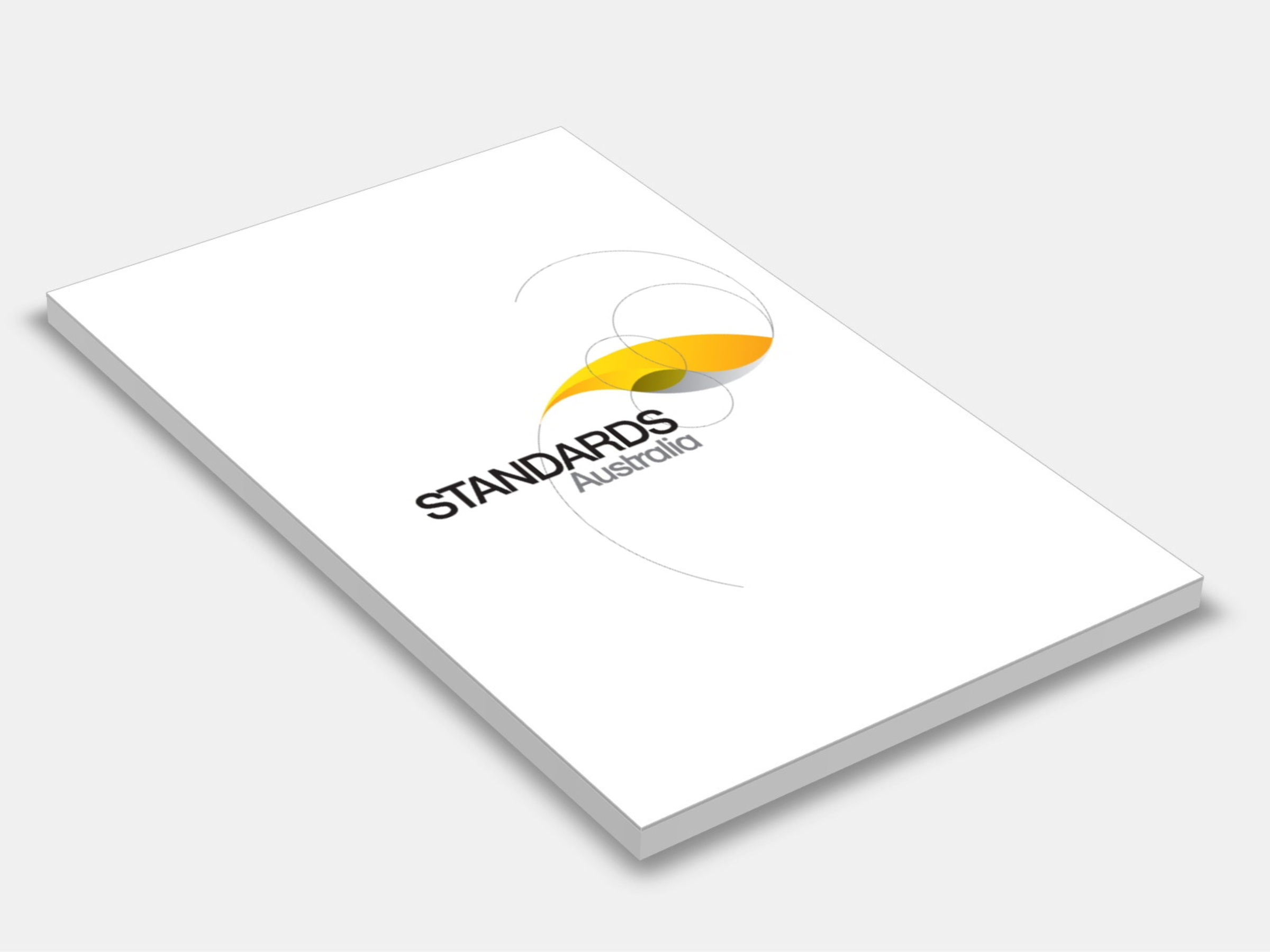
Type
Publisher
Standards Australia
Publisher
Standards Australia
Version:
First Edition 2004.
(Available Superseded)
Short Description
Defines and provides methods for determining single number quantities for the impact sound insulation in buildings; this Standard is identical with and reproduced from ISO 717-2:1996.
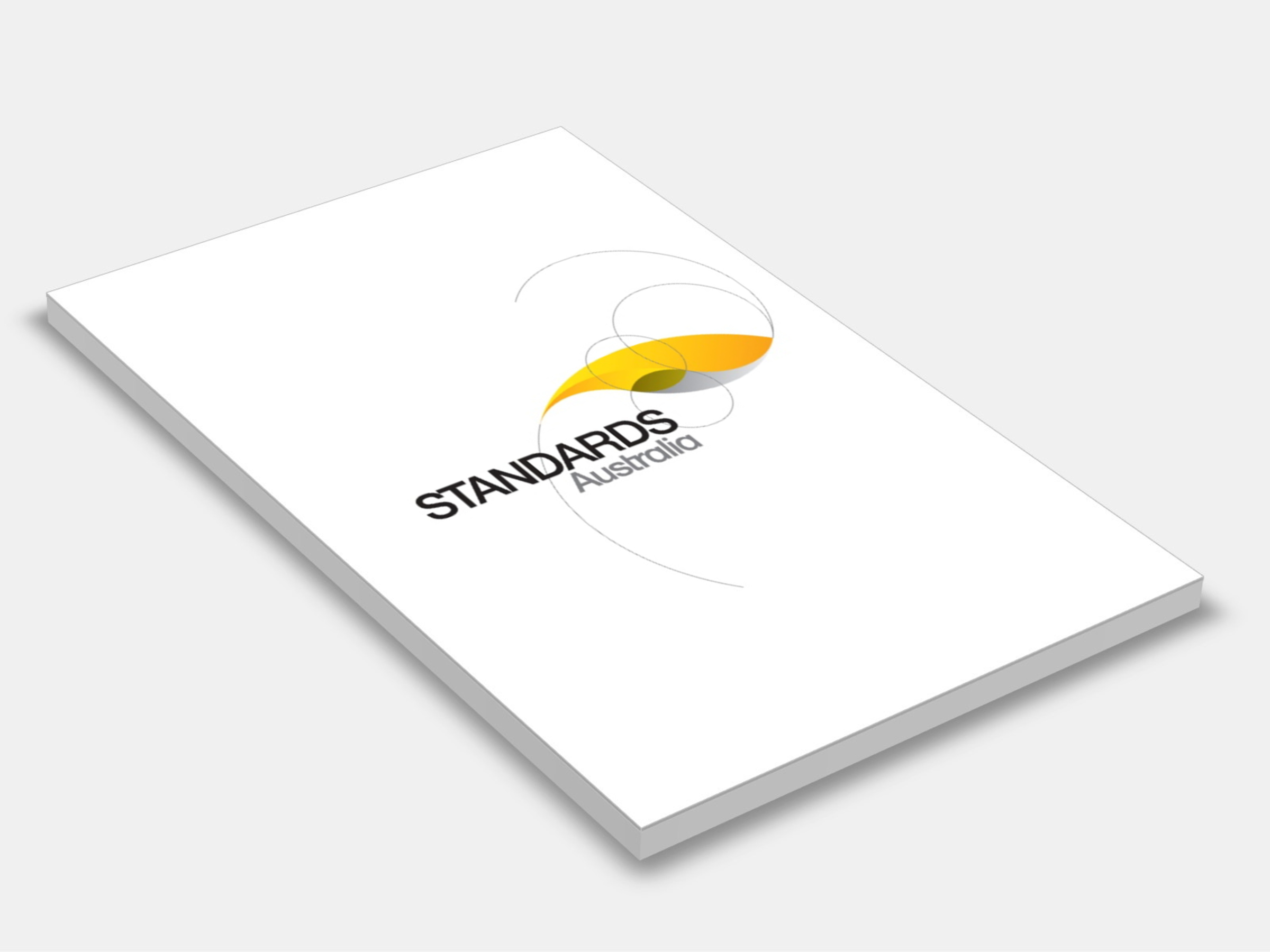
Type
Publisher
Standards Australia/Standards New Zealand
Publisher
Standards Australia/Standards New Zealand
Version:
Third Edition 2018.
(Available Superseded)
Short Description
AS NZS 3500.2 2018 specifies requirements for the design and installation of sanitary plumbing and drainage from fixtures to a sewer, common effluent system or an on-site wastewater management system, applies to new installations, additions or repairs to existing installations.
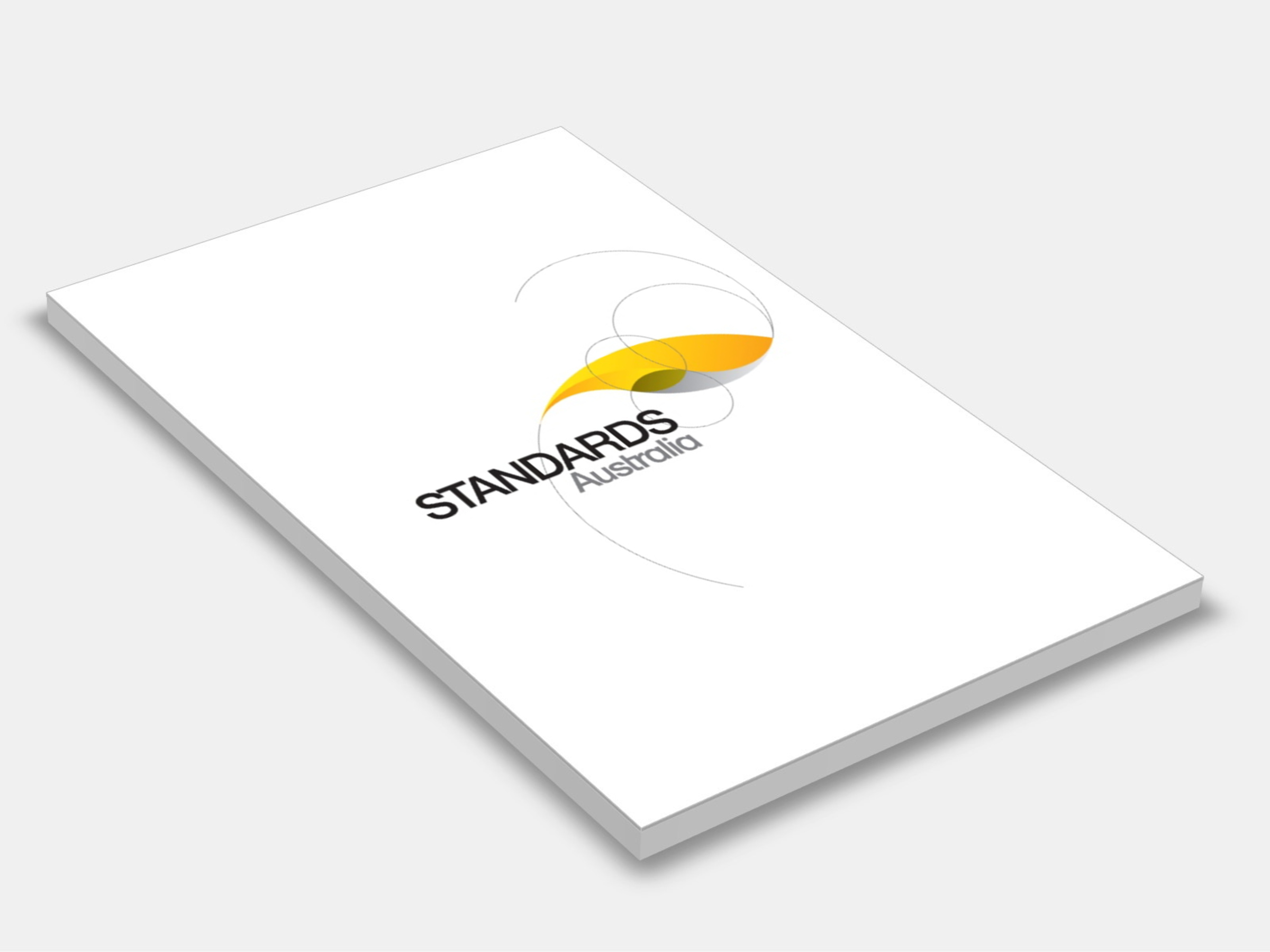
Type
Publisher
Standards Australia
Publisher
Standards Australia
Version:
First Edition 2013.
(Superseded)
Short Description
Adopts ISO 13007-1:2010, which sets out terms concerning the products, working methods and application properties for ceramic tile adhesives.
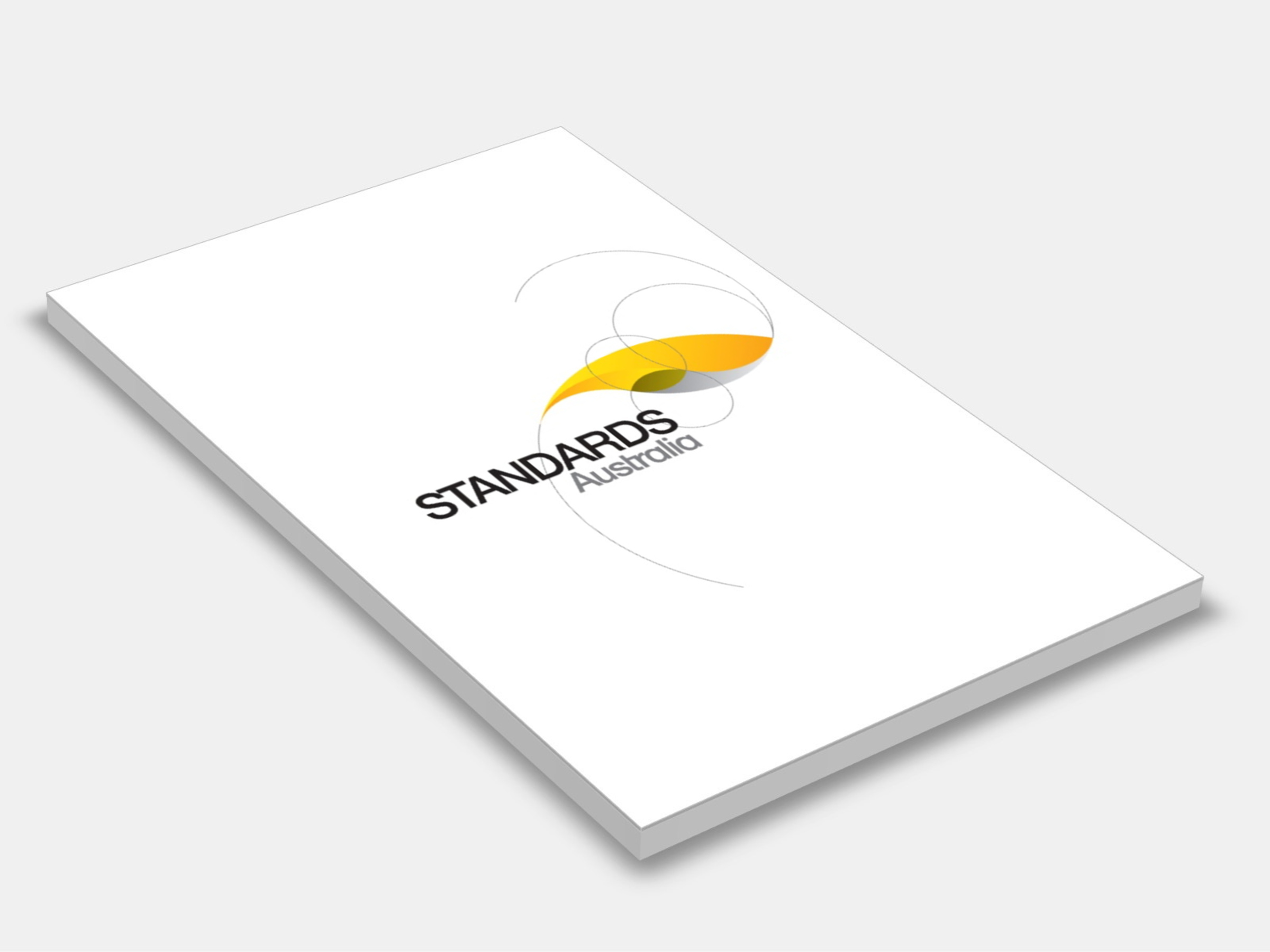
Type
Publisher
Standards Australia
Publisher
Standards Australia
Version:
Third Edition 2009.
(Available Superseded)
Short Description
Sets out requirements for the construction of buildings in bushfire-prone areas in order to improve their performance when they are subjected to burning debris, radiant heat or flame contact generated from a bushfire.
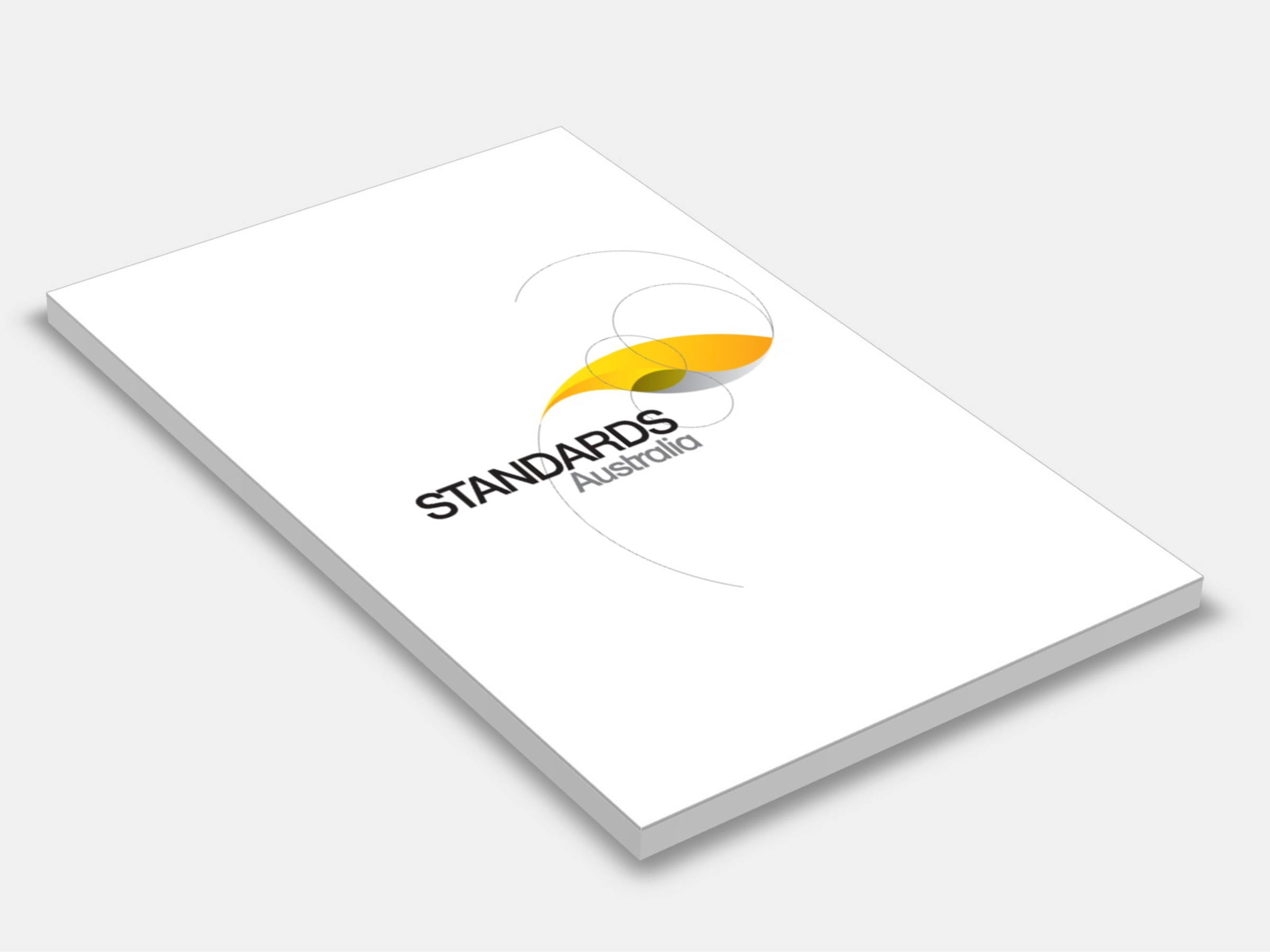
Type
Publisher
Standards Australia
Publisher
Standards Australia
Version:
Fourth Edition 2011.
(Available Superseded)
Short Description
Provides designers, engineers and specifiers with the minimum requirements for the design and construction of unreinforced, reinforced and prestressed masonry, including built-in components, for use in masonry applications.
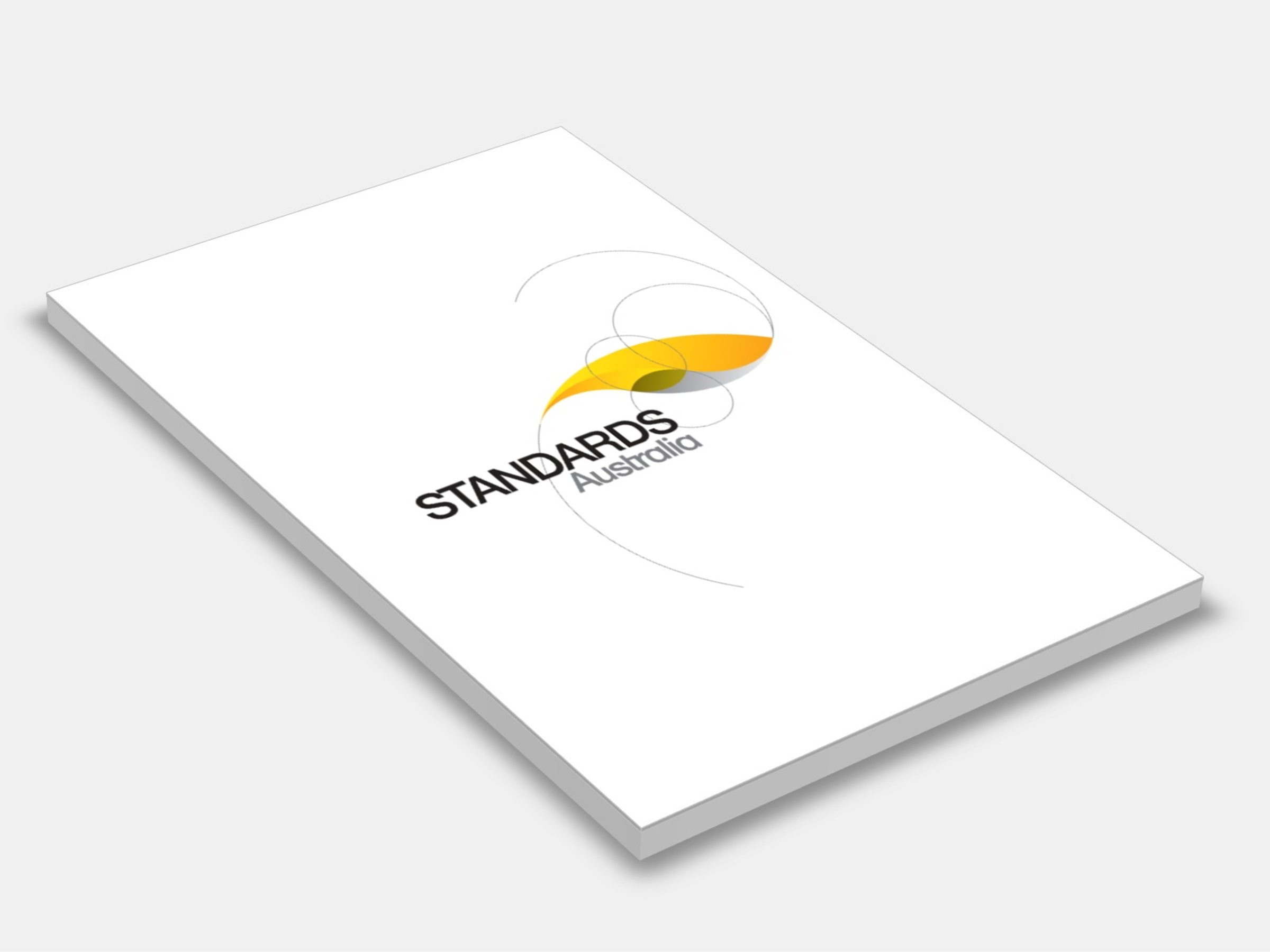
Type
Publisher
Standards Australia
Publisher
Standards Australia
Version:
Third Edition 2010.
(Available Superseded)
Short Description
AS 1684.2 2010 specifies requirements for the building industry with procedures that can be used to determine building practice, to design or check construction details, and to determine member sizes, and bracing and fixing requirements for timber-framed construction in non-cyclonic areas.
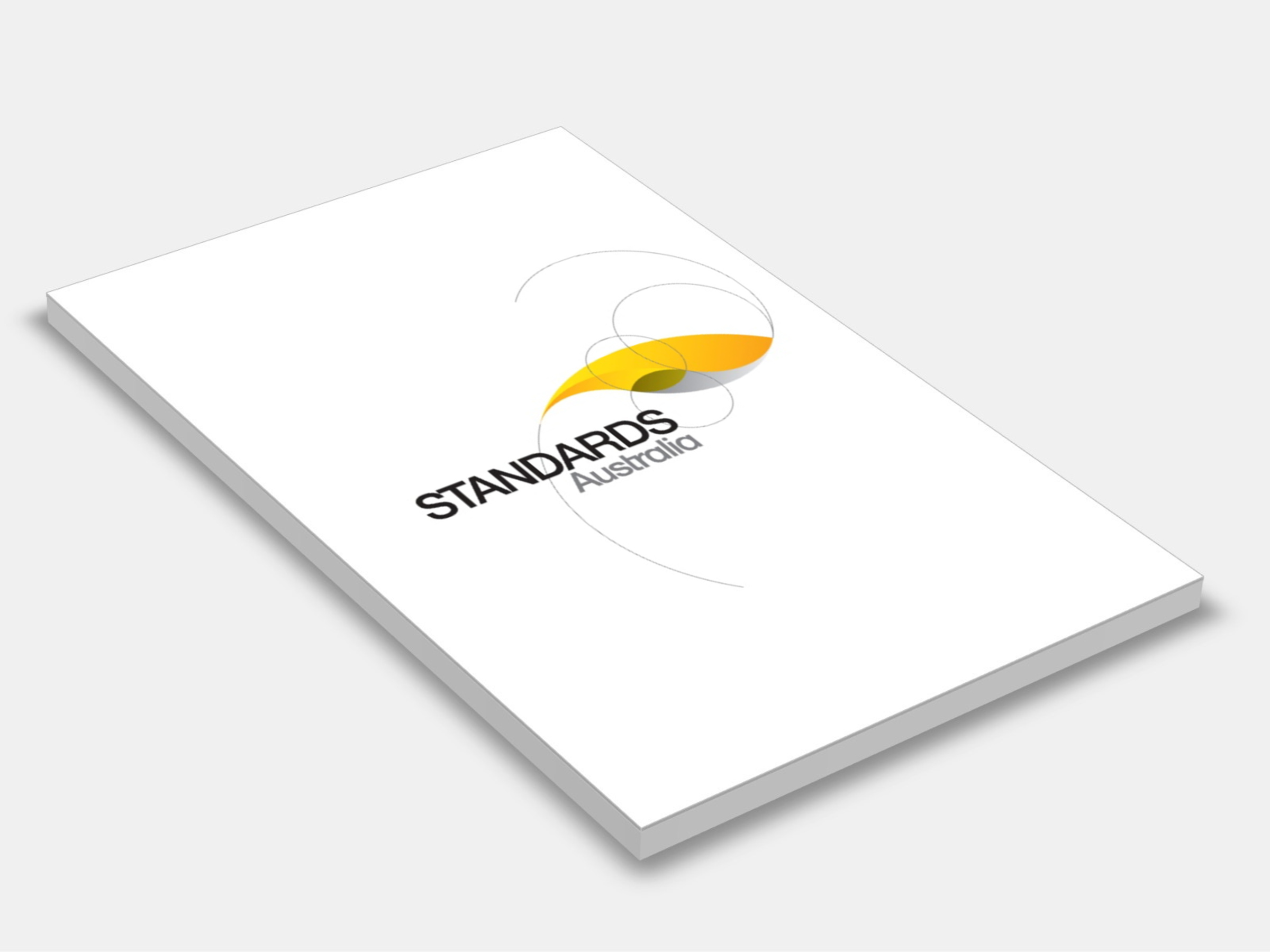
Type
Publisher
Standards Australia
Publisher
Standards Australia
Version:
First Edition 1991.
(Superseded)
Short Description
Provides guidance on the selection of the fixative and the preparation of the background, and sets out various methods for the fixing of ceramic tiles, based on the type of fixative to be used, for both floor and wall applications.
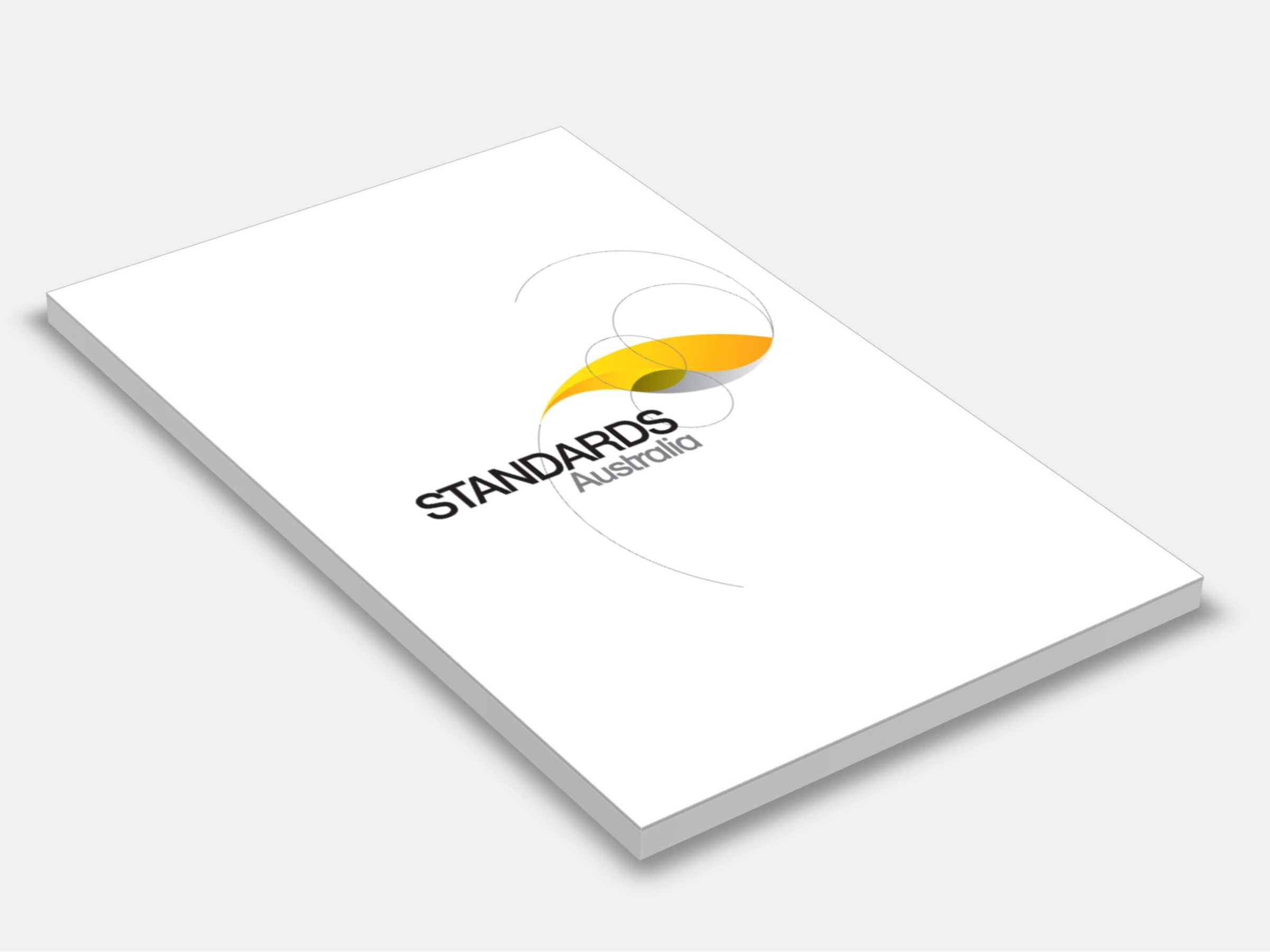
Type
Publisher
Standards Australia/Standards New Zealand
Publisher
Standards Australia/Standards New Zealand
Version:
First Edition 2004.
(Available Superseded)
Short Description
Provides a method whereby the frequency dependent values of airborne sound insulation of building elements and in building can be converted into a single number characterizing the acoustical performance; this Standard is identical with and reproduced from ISO 717-1:1996.
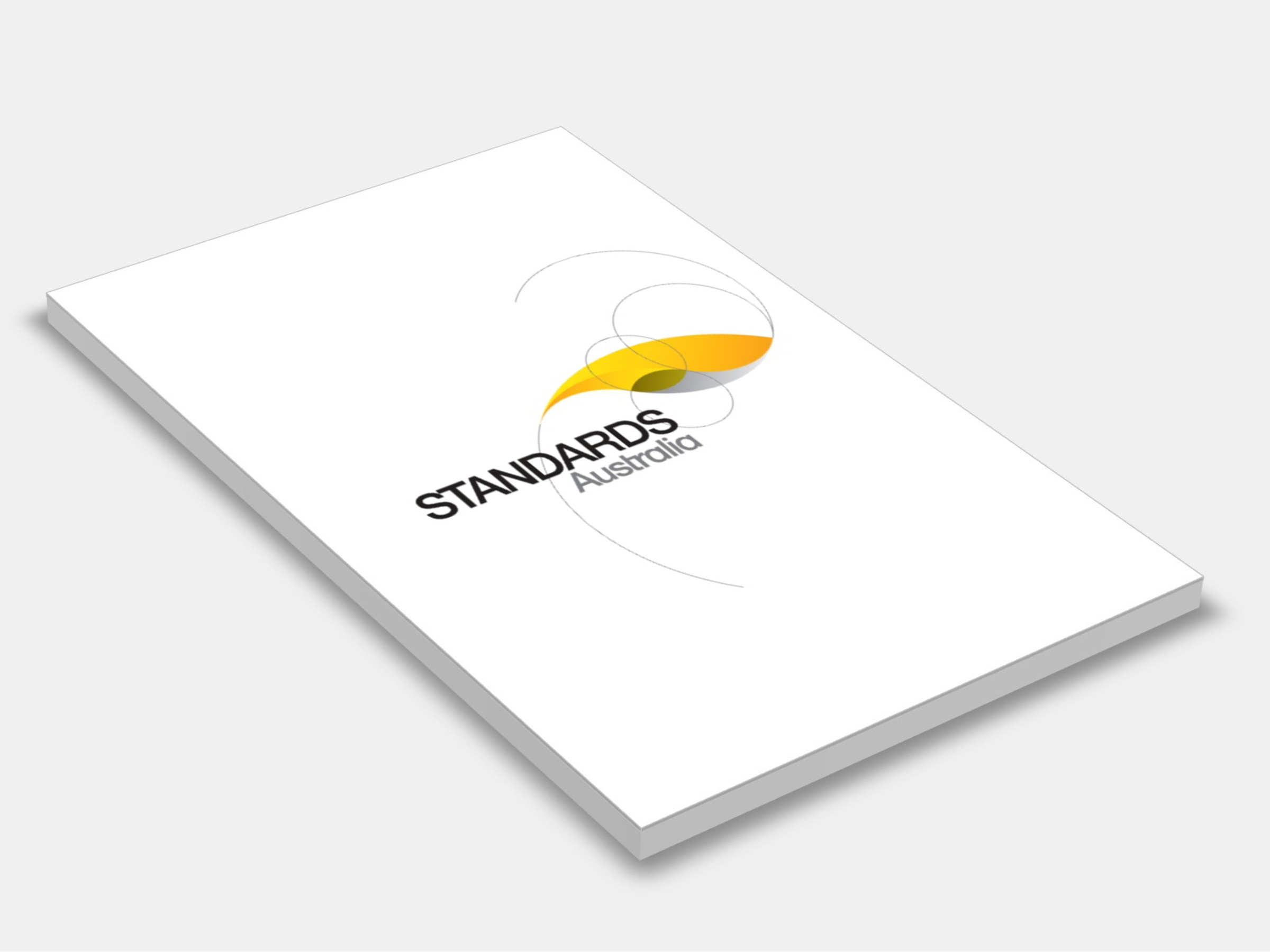
Type
Publisher
Standards Australia
Publisher
Standards Australia
Version:
Second Edition 1999.
(Superseded)
Short Description
Sets out requirements for the design and construction of buildings in bushfire-prone areas in order to improve their performance when they are subjected to burning debris, radiant heat or flame contact generated from a bushfire.